Cars are not just machines; they’re investments, lifestyle statements, and often reflections of personal taste and values. When you purchase a vehicle, there’s an unspoken hope that it will continue to serve you well for many years—delivering reliability, comfort, and performance long after the initial excitement of a new purchase has faded.
However, the reality of automotive ownership is far more complex and varied. Some vehicles manage to defy the wear and tear of time, retaining that “new car feel” even a decade or more down the line. Others, unfortunately, seem to degrade rapidly, succumbing to mechanical failures, interior wear, and diminished performance, leaving owners frustrated and out of pocket.
In this article, we explore both sides of the spectrum: five cars that continue to drive like new after 10 years, and five that age like milk—spoiling fast and requiring excessive care.
Understanding why some cars age gracefully while others fall apart quickly involves digging into a variety of factors, from engineering and build quality to maintenance practices and design philosophies.
Cars that age well typically benefit from durable materials, simple yet robust mechanical components, and a thoughtful approach to long-term reliability by their manufacturers.
These vehicles often exhibit a balance between innovation and proven technology, avoiding unnecessary complexity that can increase the likelihood of failure.
Their interiors use high-quality materials that resist fading, cracking, and wear, and their engines and transmissions are engineered to withstand the rigors of everyday use with minimal fuss. In contrast, vehicles that age poorly often suffer from design shortcuts, complex systems prone to failure, or poor-quality materials that degrade rapidly under real-world conditions.
But beyond engineering, driving habits, maintenance routines, and environmental factors also shape how a car ages. Owners who diligently follow service schedules, avoid harsh driving conditions, and address minor issues before they escalate can extend the life and enjoyment of their vehicles.
Conversely, neglect or tough climates—like extreme heat, cold, or salty roads—can accelerate a vehicle’s decline, turning even a well-built car into a headache-prone machine. Still, some cars prove so robust or so fragile that these variables matter less—the car itself sets the tone.
This article’s focus on five cars that drive like new after a decade highlights models that have earned reputations for remarkable longevity and resilience. These cars often show minimal decline in engine performance, handling, and comfort, while their interiors remain pleasant and intact.
They provide dependable transportation and maintain strong resale values, rewarding owners who invest in them. Conversely, the five cars that “age like milk” embody vehicles with documented histories of mechanical woes, interior degradation, and costly repairs that begin early in their lifecycle.
These models can feel like ticking time bombs that quickly lose appeal and reliability, turning ownership into a stressful and expensive experience.
By presenting these two contrasting groups side-by-side, the article aims to arm potential buyers and current owners with practical insights and realistic expectations. The goal is not just to highlight good or bad cars but to foster understanding about the importance of build quality, maintenance, and manufacturer reputation.
In an era where automotive technology rapidly evolves—bringing new thrills but also complexity—knowing which vehicles stand the test of time is invaluable. Whether you’re shopping for a reliable daily driver or simply curious about how cars fare over a decade, this exploration offers a nuanced look at what makes some cars truly timeless, while others spoil prematurely.
Also Read: Top 10 EV Features That Come in Useful in Daily Commute
5 Cars That Still Drive Like New After 10 Years
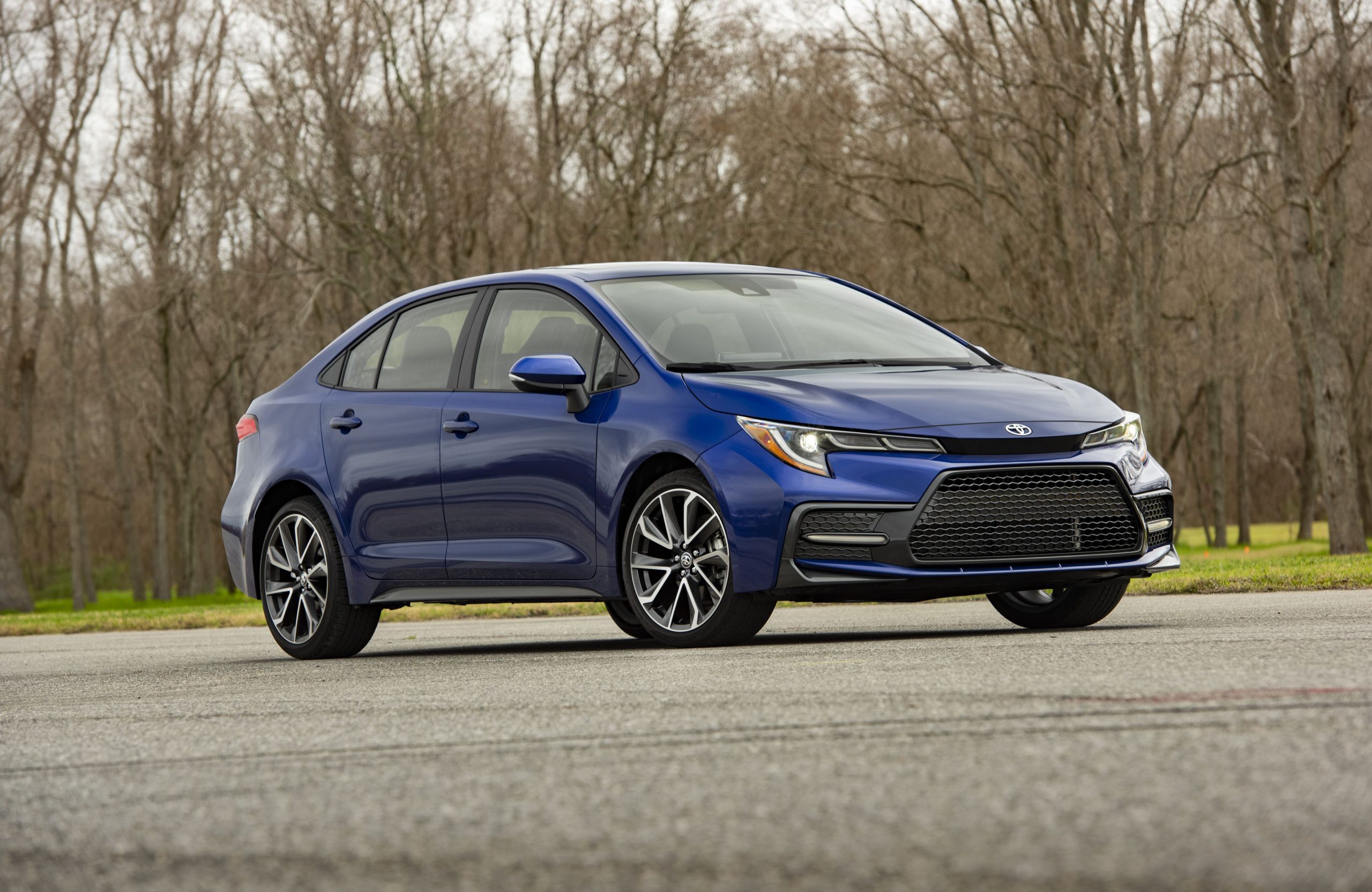
1. Toyota Corolla
The Toyota Corolla has earned its place as one of the most reliable cars in automotive history, a reputation built on decades of unwavering consistency and a near-legendary track record. Its appeal isn’t just in affordability or efficiency but in its uncanny ability to maintain mechanical soundness and driving comfort well past the decade mark.
This car was engineered with a philosophy that emphasizes simplicity and proven technology, minimizing complex components that tend to break down as cars age. The inline-4 engines in many Corolla models are renowned for their robust construction, delivering smooth power and excellent fuel economy that barely degrade even after hundreds of thousands of miles.
Beyond the engine, the transmission systems, often traditional automatics or manual gearboxes, have fewer electronic controls and software dependencies than modern counterparts, making them less prone to electronic malfunctions that often plague aging vehicles.
The structural design of the Corolla also contributes heavily to its longevity. The chassis is rigid enough to provide responsive handling without introducing excessive rigidity that can accelerate wear in suspension components. The suspension system itself uses a straightforward MacPherson strut front setup and a torsion beam or multi-link rear, depending on the generation, which are both durable and relatively easy to maintain.
This simplicity means parts wear slowly and replacements are both affordable and widely available, encouraging owners to stay on top of maintenance without breaking the bank.
Inside, the Corolla’s interior materials, while modest and not flashy, were carefully chosen to withstand everyday abuse. Seats resist sagging, plastics don’t easily crack or warp, and the dashboard retains its shape and finish under sun exposure—traits that help maintain a “like-new” cabin feel over years.
Another crucial element in the Corolla’s enduring freshness is Toyota’s legendary attention to quality control. Assembly tolerances are tight, reducing rattles and squeaks that tend to make older cars feel cheap and worn out. This meticulous build quality is noticeable the moment you close the door, which seals tightly and insulates the cabin from wind and road noise even after years.
Toyota’s global presence also ensures that genuine parts are available everywhere, facilitating repairs and part replacements with ease and affordability.
These practical factors, combined with the Corolla’s inherently conservative yet effective engineering, have made it a favorite among drivers seeking long-term reliability. It’s not uncommon to find a Corolla that feels almost new after a decade, not just mechanically, but in overall driving experience—smooth, quiet, and dependable.
What’s more, Toyota’s consistent improvements across generations have only enhanced the Corolla’s reputation for aging gracefully. Each iteration brings incremental enhancements to engine efficiency, interior ergonomics, and safety features without sacrificing durability.
Many of the newer Corollas benefit from technologies designed to improve longevity, such as more durable coatings on engine components and improved corrosion resistance.
Owners who properly maintain their Corollas—regular oil changes, timing belt or chain replacements, and suspension servicing—are often rewarded with vehicles that perform well beyond the average lifespan of typical compact sedans.
For many, owning a Corolla is not just a practical choice; it’s an investment in a vehicle that will reliably deliver the driving experience of a new car, even after a decade of daily use.
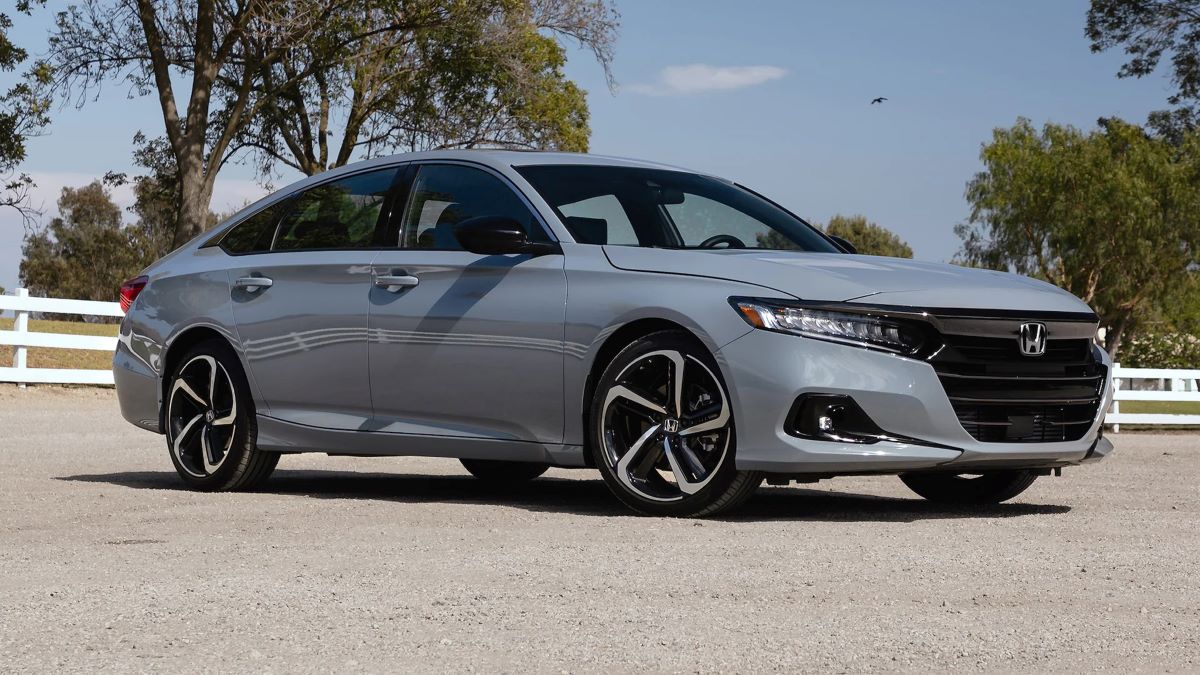
2. Honda Accord
The Honda Accord stands as a pillar of automotive engineering, embodying the perfect blend of performance, comfort, and enduring reliability that many midsize sedans aspire to but few achieve.
It has long been hailed for its ability to provide spirited yet refined driving that doesn’t diminish over time, making it one of the most respected choices for those looking for a vehicle that maintains its “new car” feel well into its second decade.
Central to the Accord’s longevity is Honda’s dedication to precision engineering. The engines—ranging from naturally aspirated inline-4s to more advanced V6s in older models—are designed with durable internals, using high-quality materials and advanced manufacturing techniques to reduce wear and heat-related stress.
The VTEC system, a hallmark of Honda’s technology, helps optimize performance and fuel efficiency across a wide RPM range, which reduces strain on the engine components and prolongs engine life.
The Accord’s suspension and chassis engineering play a vital role in preserving its dynamic driving qualities after many years. The car uses a well-tuned independent suspension system with MacPherson struts upfront and multi-link setups in the rear, balancing comfort with precise road handling.
Unlike many vehicles that become sloppy or harsh as suspension components age, the Accord’s system resists such degradation, allowing the car to retain sharp steering response and controlled body motions. This contributes significantly to the feeling that the vehicle “drives like new,” as the suspension continues to absorb bumps effectively without compromising cornering stability.
The chassis itself is constructed with high-strength steel and carefully designed crumple zones, which not only enhance safety but also maintain structural integrity over time, preventing the sagging or misalignment that plagues some older cars.
Inside the cabin, the Accord continues to impress with its build quality. Soft-touch materials, well-padded seats, and ergonomic design choices don’t deteriorate easily. Honda’s attention to detail ensures that buttons, knobs, and switches remain responsive and free from excessive wear.
The interior design also considers long-term use by selecting fabrics and leathers that resist staining and fading, which helps the cabin retain its freshness.
Maintenance accessibility is another factor contributing to the Accord’s longevity; many routine service items are easy to reach, encouraging owners and mechanics to keep the car in excellent shape. Additionally, Honda’s strong dealer and parts network worldwide means that sourcing components is simple, supporting longevity with readily available replacement parts.
Perhaps most importantly, the Honda Accord enjoys a passionate owner base that often values preventative maintenance and routine servicing. These habits, combined with the car’s inherent mechanical strengths, lead to many Accords being driven well beyond 200,000 miles without major issues.
Fuel economy often remains respectable, and the powertrain’s smoothness helps maintain driver confidence. The overall experience is one where the car doesn’t just survive 10 years but thrives, providing an engaging and comfortable drive that rivals many newer vehicles.
In many ways, the Accord exemplifies how smart engineering, quality materials, and diligent maintenance come together to create a vehicle that continues to feel fresh and capable long after most others have begun to show their age.
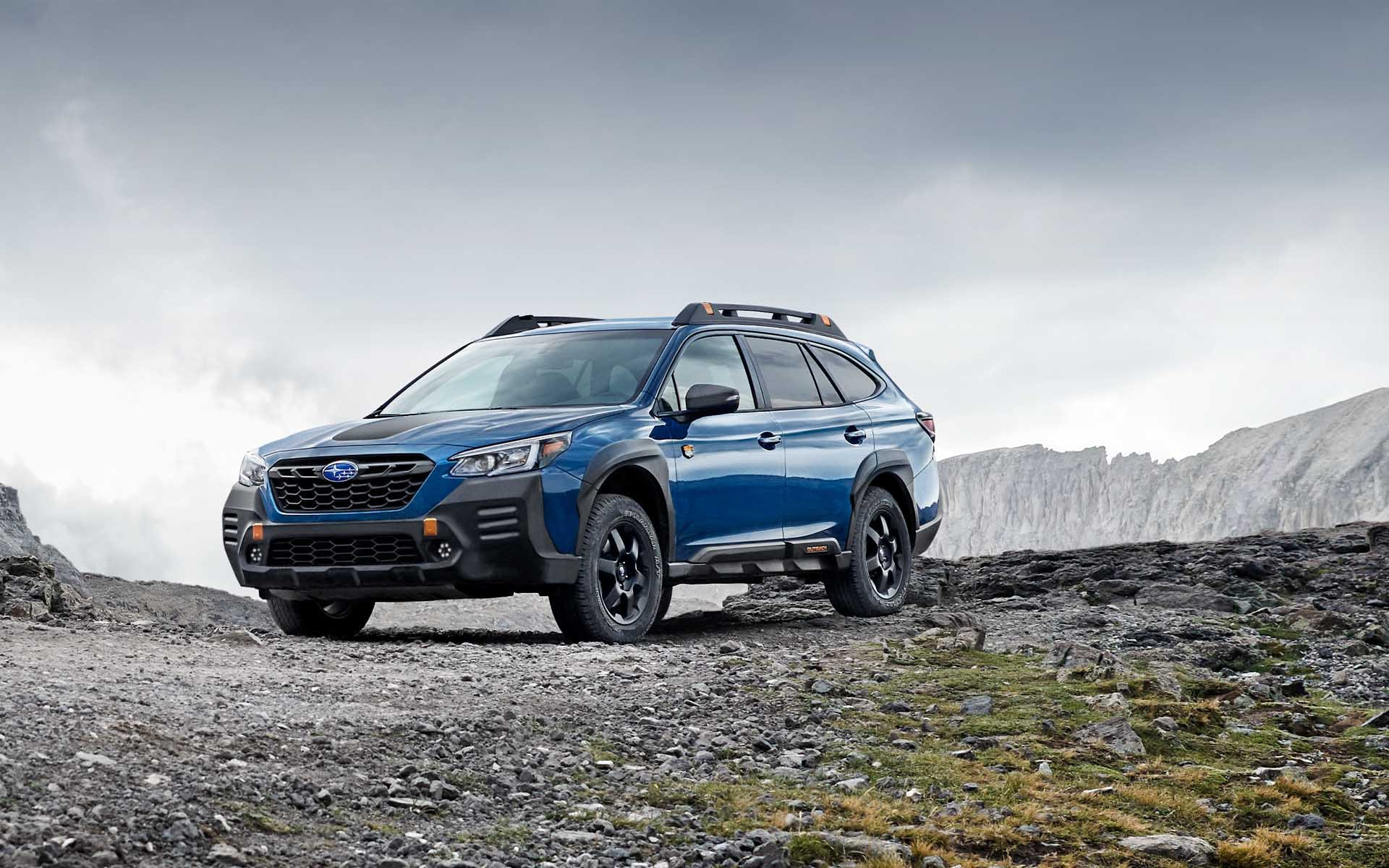
3. Subaru Outback
The Subaru Outback occupies a unique niche in the automotive world, combining the ruggedness of an SUV with the drivability and efficiency of a wagon. Its reputation for longevity is strongly tied to its all-wheel-drive system and robust powertrain, which have proven to endure years of challenging driving conditions without sacrificing performance or reliability.
The symmetrical all-wheel-drive system, a hallmark of Subaru vehicles, ensures balanced power delivery and enhanced traction that remains effective long after the car’s prime years. This system is engineered with durability in mind, using components that resist wear from rough terrain and harsh weather, which is why Outbacks often thrive in regions with demanding climates.
The drivetrain components, including the durable boxer engine, benefit from a low center of gravity that reduces stress on suspension parts and contributes to stable handling even with high mileage.
The boxer engine design itself is crucial to the Outback’s ability to age gracefully. By positioning the cylinders horizontally, Subaru achieves a more balanced engine layout that reduces vibration and mechanical strain. This design reduces the likelihood of uneven wear on internal components and promotes longevity.
Additionally, Subaru engineers pay close attention to cooling and lubrication systems, which protect the engine against overheating and premature wear.
These factors combined lead to engines that remain responsive, fuel-efficient, and reliable well past the 10-year mark. While some earlier models faced issues like head gasket failures, Subaru addressed these in later generations, enhancing reliability even further.
From a chassis and suspension standpoint, the Outback is built to absorb the rigors of both highway cruising and off-road excursions.
The suspension components, including struts and control arms, are made with reinforced materials and designed for longevity. The ride quality remains smooth, with the suspension absorbing bumps and rough patches without excessive noise or harshness, which is impressive considering the vehicle’s size and capability.
This durable suspension setup ensures that the Outback maintains a composed, confident feel that many owners describe as “like new,” even with high mileage and years of use. The body structure also resists corrosion well, aided by protective coatings and galvanization, which preserve the vehicle’s aesthetics and structural soundness.
Interior durability is another strong point for the Outback. Recognizing that many buyers use the vehicle for outdoor adventures, Subaru uses materials that can handle dirt, moisture, and wear without significant degradation. Upholstery fabrics and seat covers resist stains, and hard plastics withstand scratches and scuffs.
Controls and electronics are designed for usability and longevity, with many owners reporting minimal issues even after extensive use. Maintenance accessibility is good, and Subaru’s service intervals encourage timely care, which prolongs the vehicle’s overall health.
Taken together, these engineering choices explain why the Subaru Outback is frequently cited as a vehicle that continues to deliver a fresh, enjoyable driving experience well beyond a decade on the road.
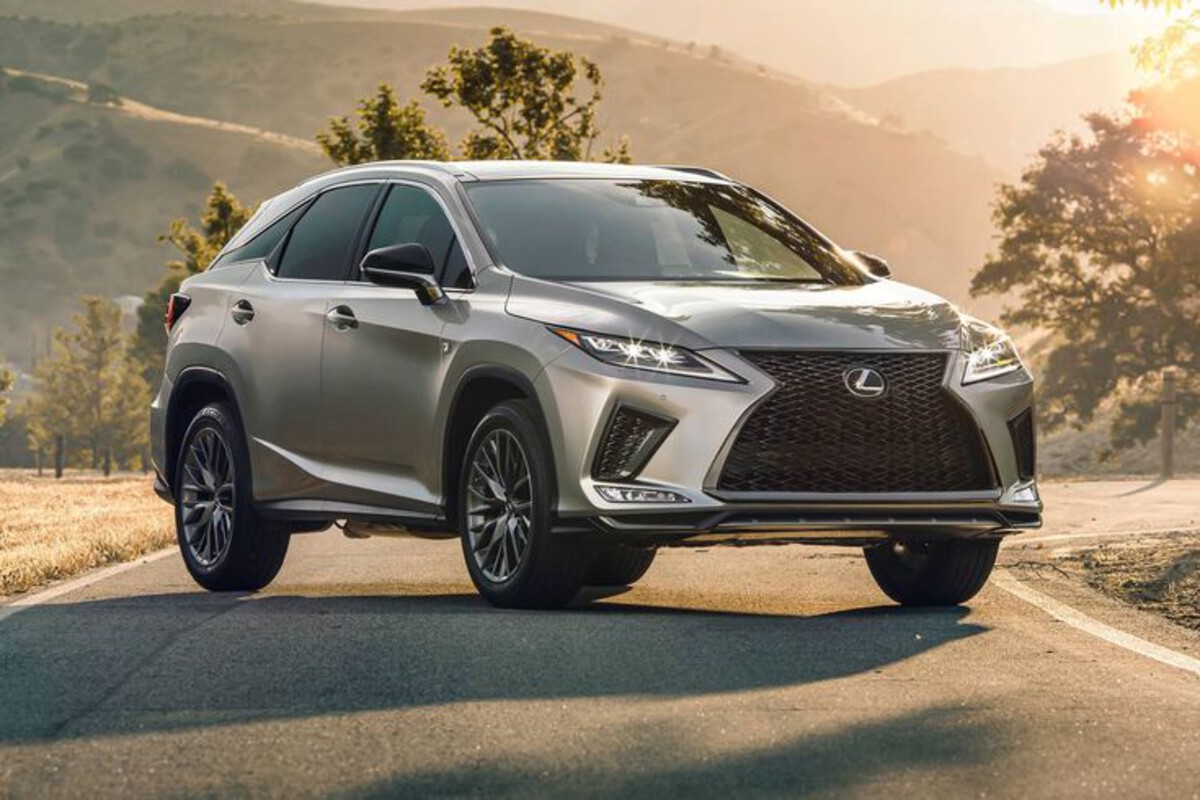
4. Lexus RX
The Lexus RX represents a benchmark in the luxury SUV segment for those who demand premium comfort combined with outstanding reliability and long-term value. As Toyota’s luxury division, Lexus has mastered the art of crafting vehicles that don’t just deliver opulence when new but sustain their refinement and mechanical integrity over many years.
The RX’s powertrains, often shared with their Toyota counterparts but tuned for smoothness and quiet operation, are built with high-strength materials and precise engineering.
Whether equipped with a V6 gasoline engine or a hybrid system, the RX maintains power delivery that feels effortless and controlled even after a decade of ownership, supported by transmissions that shift seamlessly and resist wear.
The vehicle’s suspension system is another major contributor to its enduring new-car feel. Lexus employs a sophisticated setup that balances ride comfort and handling precision, incorporating adaptive dampers in many models to adjust to changing road conditions.
These components are engineered for durability, using high-quality bushings, control arms, and shock absorbers designed to withstand years of use without deteriorating performance. The chassis is reinforced with advanced materials that reduce noise, vibration, and harshness (NVH), preserving the cabin’s serene atmosphere long after the car is no longer fresh off the showroom floor.
This focus on ride quality and refinement means that owners rarely experience the common “old SUV” feeling of loose handling or noisy suspensions.
The RX’s interior craftsmanship is exceptional, with high-grade leather upholstery, wood trim, and meticulously assembled panels that retain their luster and tactile appeal over time. Lexus selects materials not only for aesthetics but for durability, ensuring that seats resist cracking and fading, and that electronic components remain responsive and reliable.
The dashboard and center console design prioritize ergonomics, making controls intuitive and less prone to wear. Additionally, Lexus’s commitment to quality extends to electronics, with fewer recalls and issues compared to many competitors, meaning infotainment and safety systems continue to function reliably for years.
Finally, Lexus’s comprehensive dealer network and excellent customer service support long-term ownership. Genuine parts are widely available, and the cost of maintenance, while higher than non-luxury brands, is justified by the vehicle’s ability to stay in peak condition with proper care.
Hybrid versions of the RX add the benefit of reduced engine wear thanks to electric motor assistance, further extending the vehicle’s life. Collectively, these factors make the Lexus RX a rare luxury SUV that not only impresses when new but continues to drive and feel like new after 10 years, providing owners with unmatched peace of mind and driving pleasure.
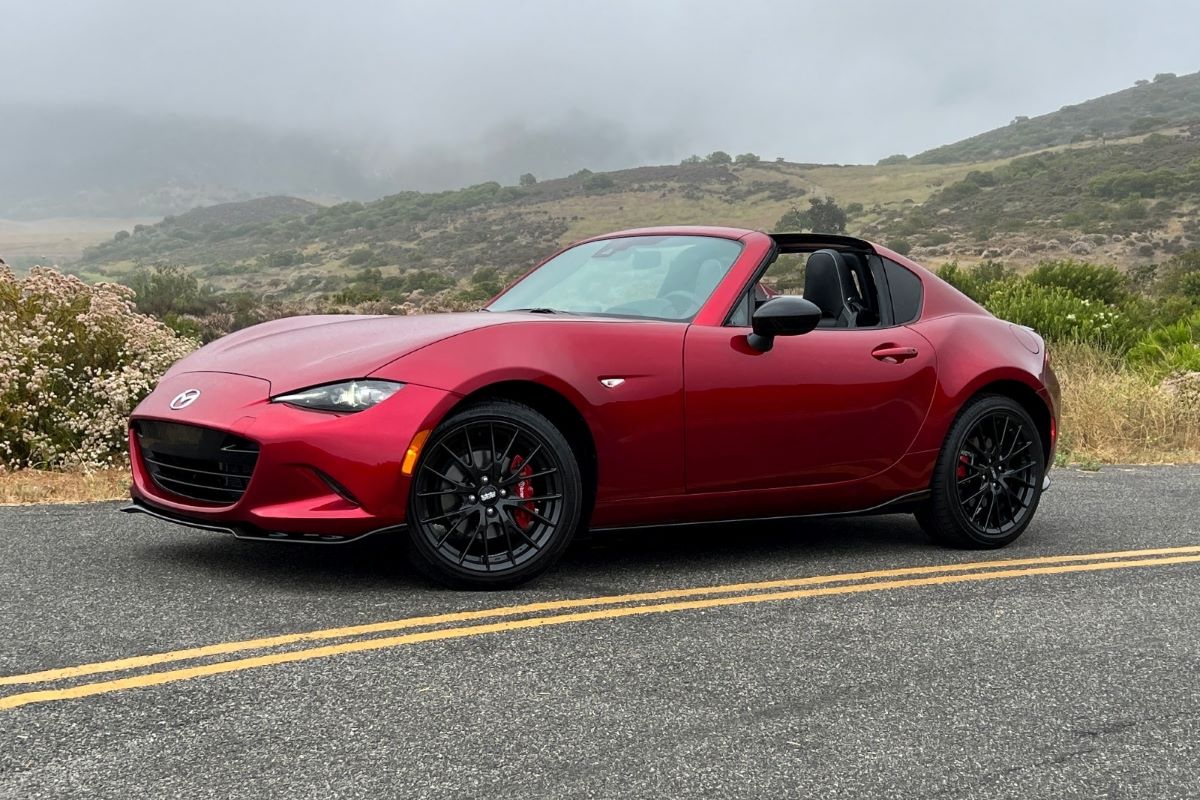
5. Mazda MX-5 Miata
The Mazda MX-5 Miata is a standout example of how a lightweight, simple sports car can combine exhilarating driving dynamics with remarkable longevity and reliability. Its engineering philosophy emphasizes driving purity, mechanical simplicity, and weight reduction, which all contribute to its ability to maintain a “like-new” feel even after a decade or more.
The Miata’s engine—typically a naturally aspirated four-cylinder—is designed to be durable, featuring a straightforward design with fewer components prone to failure. The car’s manual transmissions, praised for their crisp shifts and mechanical reliability, contribute significantly to the car’s lasting appeal. Drivers often remark that the MX-5’s steering remains precise and responsive even with high mileage, an indication of the car’s robust chassis and suspension components.
The chassis itself is built with lightweight yet strong materials, enabling it to resist corrosion and maintain rigidity over time. Mazda pays special attention to rust protection, using galvanized panels and protective coatings that keep the body free from the deterioration that can plague sports cars driven in less favorable conditions.
The suspension system, designed to provide engaging handling and feedback, maintains its sharpness with minimal degradation due to quality bushings and shock absorbers that wear slowly. This allows the Miata to retain its hallmark nimbleness and cornering confidence long after it has passed the decade milestone.
Inside, the MX-5 features a no-frills yet functional cabin, where materials are selected for durability and comfort rather than luxury. Leather or cloth seats age well with proper care, and the dashboard and controls remain solid and easy to use, resisting the rattles or wear that can occur in older sports cars.
Mazda’s simple yet effective electronics system minimizes glitches or failures over time, contributing to a trouble-free ownership experience. Additionally, maintenance for the Miata is straightforward and generally affordable, encouraging owners to adhere to service schedules that preserve performance and reliability.
Beyond the mechanical and material considerations, the MX-5’s enduring appeal is also psychological and emotional. It’s a car that many owners cherish and care for meticulously, often keeping it in excellent condition through regular upkeep and gentle driving.
This devotion, combined with Mazda’s proven engineering, results in countless Miatas still driving and feeling fresh after more than 10 years. The car’s legendary status as a fun, reliable sports car is not just about youthful enthusiasm but about genuine durability and craftsmanship that withstands time. In this way, the MX-5 Miata offers a compelling example of how a sports car can age like a fine wine rather than milk.
5 Cars That Age Like Milk
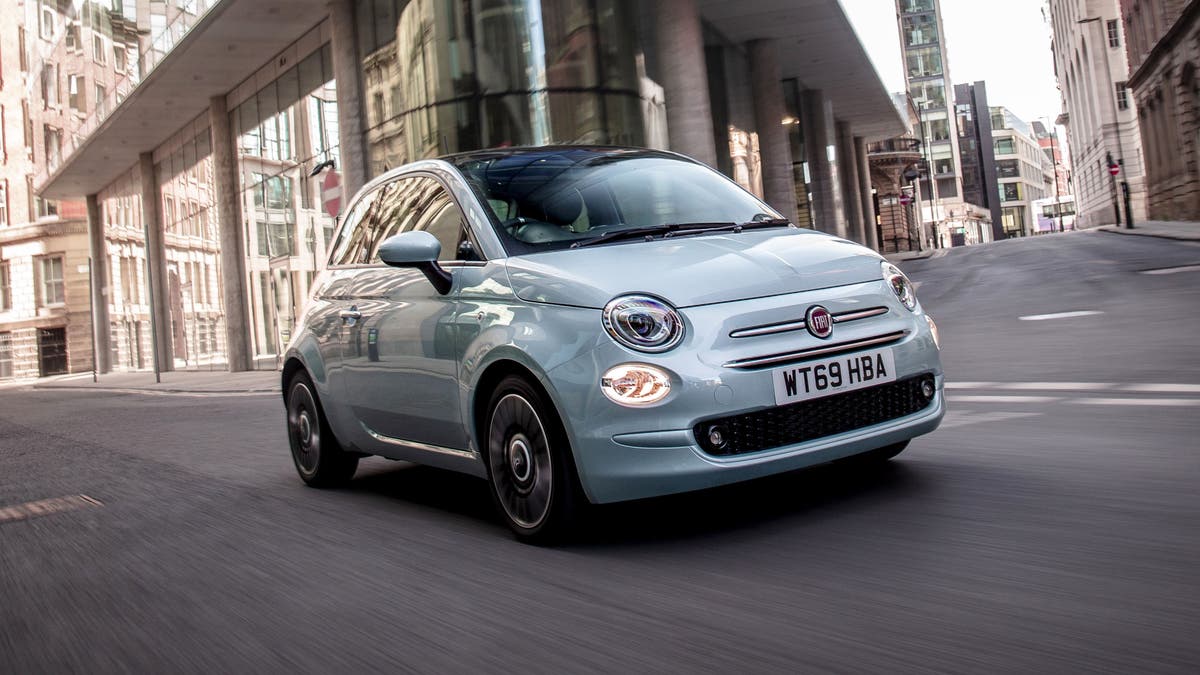
1. Fiat 500
The Fiat 500 is undeniably one of the most charming and stylish small cars to hit the market in recent decades, with a retro-inspired design that appeals to urban drivers and enthusiasts of quirky European cars. However, despite its undeniable aesthetic appeal and fun personality, the Fiat 500 has a well-documented history of rapid aging and mechanical frustration.
One of the primary issues with the Fiat 500 lies in its build quality and material choices, which often fail to withstand the test of time. The interior materials, while trendy and colorful at launch, tend to show premature wear and tear.
Plastics can become brittle and prone to cracking, fabric seats wear unevenly, and the small cabin space contributes to a claustrophobic environment where scratches, scuffs, and fading are quickly noticeable. These cosmetic issues may seem superficial but greatly affect the overall feel of a car as it ages, quickly turning what was once a cute and fresh interior into a tired, worn-out environment.
Mechanically, the Fiat 500 also faces numerous challenges that contribute to its “milk-like” aging process. The turbocharged small-displacement engines, designed to maximize fuel efficiency and city-friendly performance, are often criticized for their lack of long-term reliability.
Turbochargers, by their nature, add complexity and stress to the engine, requiring precise maintenance and higher-grade oil changes to prevent premature wear.
Unfortunately, many owners have reported issues such as turbo failure, excessive oil consumption, and cooling system problems well before the 10-year mark. The suspension system, tuned more for a soft and comfortable ride than durability, is prone to early wear in bushings, ball joints, and struts, especially when driven on rough or uneven city streets.
This results in a sloppy, noisy ride that quickly detracts from the original driving enjoyment. Compounding these problems is the Fiat’s reputation for electrical gremlins—malfunctions in wiring, sensors, and electronic modules—that can become costly and time-consuming to diagnose and fix.
Another significant factor contributing to the Fiat 500’s rapid decline is its limited dealer network and parts availability, particularly outside of Europe. Unlike major Japanese or German manufacturers with global reach and well-established after-sales support, Fiat’s relatively smaller footprint makes sourcing replacement parts more challenging and often more expensive.
Many repair shops are less familiar with the quirks of the vehicle, leading to longer repair times and higher labor costs. As a result, owners may delay necessary repairs, which exacerbates the car’s decline and reduces its reliability and drivability.
Resale values for Fiat 500s drop precipitously after a few years, reflecting the market’s cautious attitude toward cars with known aging problems. For drivers seeking a small, fun city car that holds up well over time, the Fiat 500’s rapid aging and maintenance headaches make it a risky proposition.
Lastly, the Fiat 500’s design philosophy prioritizes style and urban appeal over robustness and longevity, which affects how the car ages in everyday use. Many drivers find that the 500’s compact dimensions and lightweight construction, while beneficial for city maneuverability, make it more susceptible to damage from minor accidents, parking lot dings, and road debris.
The body panels are thin and prone to dents and scratches, and the paint finish is less resistant to fading or chipping, especially under prolonged sun exposure. Additionally, interior rattles and squeaks tend to develop quickly as fasteners loosen and trim pieces settle over time.
This cacophony of small annoyances adds up, creating an impression of a car that is old and tired well before it reaches a decade in age. All these factors combine to give the Fiat 500 a reputation for aging poorly, making it a less-than-ideal choice for drivers prioritizing durability and longevity.
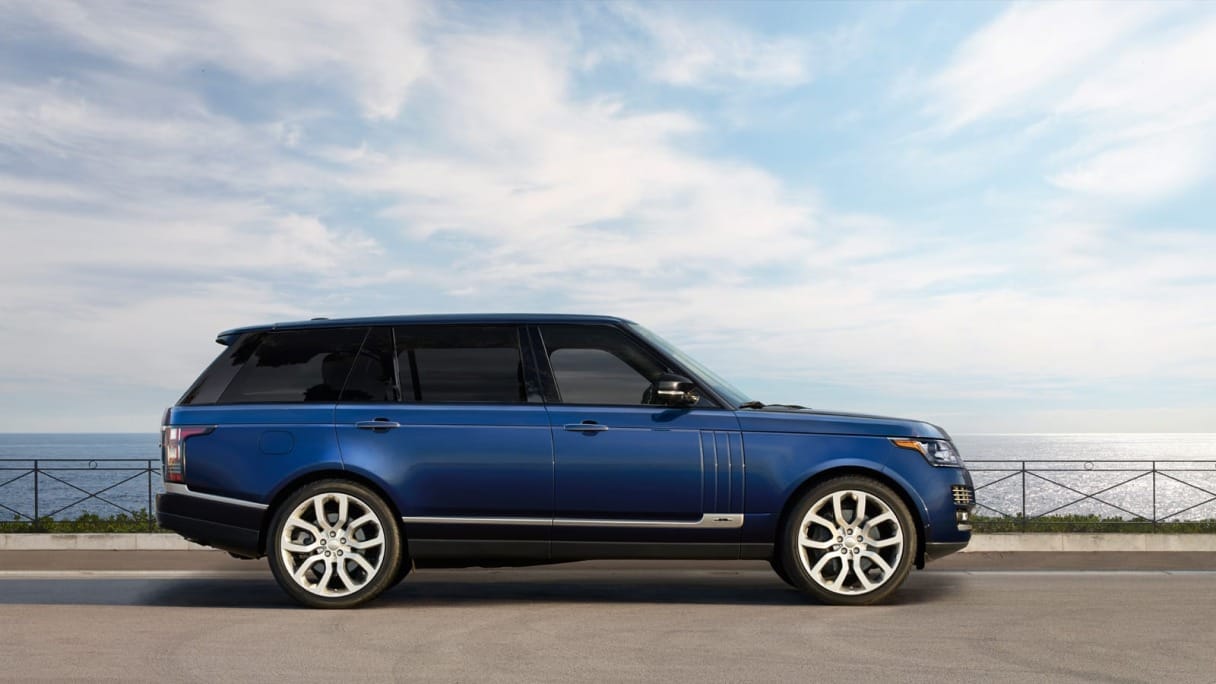
2. Land Rover Range Rover (Older Models)
The Land Rover Range Rover is a name synonymous with luxury, off-road prowess, and British elegance, but the older models—particularly those from the early 2000s and late 1990s—have a notorious reputation for aging poorly and demanding intensive maintenance.
While new Range Rovers impress with their opulent interiors and sophisticated technology, these early versions tend to develop significant problems after a few years, eroding the initial sense of luxury and dependability. One of the biggest issues lies in the complexity of the Range Rover’s mechanical and electronic systems.
These vehicles were designed to incorporate cutting-edge off-road technologies and luxury features, many of which, at the time, were still relatively new and unproven. The result is a car packed with electronic modules, sensors, air suspension components, and drivetrain elements that often become sources of costly failures as the vehicle ages.
Owners frequently report issues such as failing air suspension compressors, malfunctioning transfer cases, and electrical glitches affecting everything from the dashboard displays to lighting systems.
Mechanically, the Range Rover’s robust but aging V8 engines and automatic transmissions also contribute to its “milk-like” aging process.
Although powerful and capable, these engines require diligent maintenance, including frequent oil changes, transmission fluid replacements, and coolant flushes, to prevent expensive failures such as head gasket leaks, transmission slipping, and cooling system breakdowns.
Unfortunately, the high maintenance costs and complexity mean that many owners fall behind on service schedules, accelerating the deterioration. The vehicle’s sophisticated off-road suspension, which provides a smooth ride and incredible articulation when new, is prone to wear in bushings, ball joints, and shock absorbers, leading to a harsh and unstable ride in older examples.
Additionally, the body-on-frame construction is prone to rust, particularly in regions with heavy road salt usage, which can lead to structural problems and expensive body repairs.
The interior of older Range Rovers, once a showcase of luxury with premium leather, wood veneer, and plush carpeting, is also a weak point as the vehicle ages. Leather seats frequently show premature cracking and sagging, especially if not meticulously cared for.
Wood trims can warp or crack due to temperature fluctuations and humidity, detracting from the premium feel. Electronics inside the cabin, including infotainment systems, climate controls, and driver assistance features, often malfunction or become sluggish, detracting from the driving experience.
As these issues compound, the luxurious ambiance deteriorates into one that feels dated and tired. Combined with the vehicle’s enormous weight and large size, these factors make the Range Rover’s driving dynamics less enjoyable and more burdensome over time.
Finally, the Range Rover’s notorious reliability woes significantly impact its long-term value and desirability. Repair costs are notoriously high, and many parts require specialized knowledge to service correctly, limiting repair options to expensive dealerships or specialized shops.
This complexity discourages many owners from addressing issues promptly, leading to worsening problems and breakdowns. The vehicle’s resale values often plummet as the cost and hassle of upkeep become widely known.
For all its initial appeal, the older Range Rover models’ tendency to age poorly, coupled with the high costs of ownership and frequent mechanical challenges, makes them one of the quintessential examples of luxury vehicles that deteriorate faster than their premium image suggests.
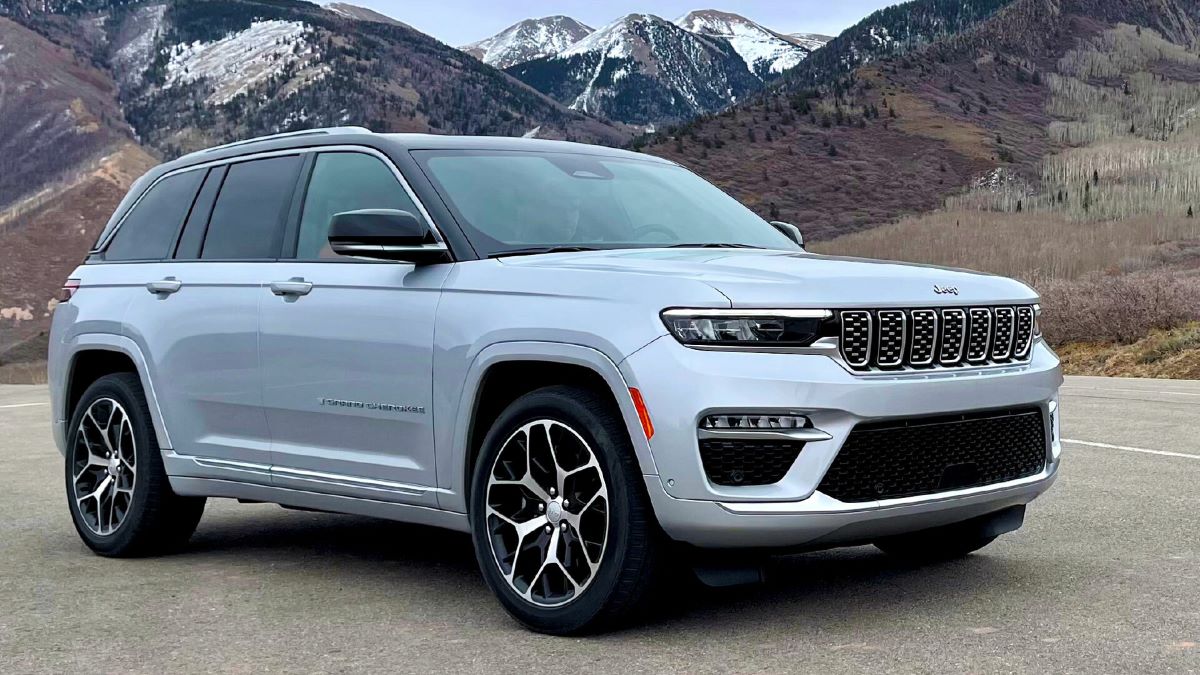
3. Jeep Grand Cherokee (Early to Mid-2000s)
The Jeep Grand Cherokee has long been a symbol of American ruggedness and off-road capability, but the early to mid-2000s models are infamous for aging poorly and suffering from an array of mechanical and electrical issues.
While these vehicles offer commanding road presence and strong off-road credentials when new, many owners have reported a cascade of problems as the mileage climbs and years pass, eroding the Grand Cherokee’s appeal and dependability.
A significant culprit behind this rapid decline is the complex electronics package fitted to these models, which was advanced for its time but often prone to failure. Electrical issues with the power windows, door locks, climate control systems, and even the engine management electronics are common, often manifesting as intermittent faults that frustrate owners and complicate diagnosis.
From a mechanical standpoint, the engines powering these Grand Cherokees, whether V6 or V8, are generally robust but can suffer from common wear-related failures if not meticulously maintained. Head gasket leaks, intake manifold gasket failures, and timing chain issues plague many examples, especially as the vehicles surpass 100,000 miles.
The transmissions, primarily the 5-speed automatic units, can develop slipping, harsh shifting, or complete failure if transmission fluid changes are neglected or if the vehicle is used in severe driving conditions. The suspension components, originally designed to balance on-road comfort with off-road toughness, are also susceptible to premature wear.
Control arm bushings, ball joints, and sway bar links frequently require replacement, contributing to a loose, unstable ride that betrays the Grand Cherokee’s former poise. Interior quality is another area where early 2000s Grand Cherokees tend to falter. Although spacious and comfortable initially, the interior materials—plastics, fabrics, and leather—often show signs of rapid deterioration.
Dashboard cracking, peeling wood trim, and sagging seats are commonly reported issues, all of which undermine the vehicle’s overall perceived quality.
The interior electronics, such as the navigation system and radio, are prone to glitches and failures that can leave owners without key conveniences. These issues, coupled with a relatively noisy cabin and increasing rattles and squeaks as components loosen, contribute to a feeling that the vehicle is aging faster than its age suggests.
Finally, the Grand Cherokee’s reputation for high maintenance and repair costs further accelerates its decline in the used car market. Many owners find the cost of keeping these vehicles running smoothly to be prohibitive, especially as repairs become more frequent with age.
Parts availability is generally good, but labor-intensive repairs and complicated diagnostics push costs higher. Consequently, many Grand Cherokees from this era end up in a cycle of deferred maintenance, further hastening wear and tear.
The combination of electrical gremlins, mechanical vulnerabilities, and interior wear make early to mid-2000s Jeep Grand Cherokees prime examples of vehicles that age like milk—appealing and capable when new, but rapidly declining in reliability and desirability over time.
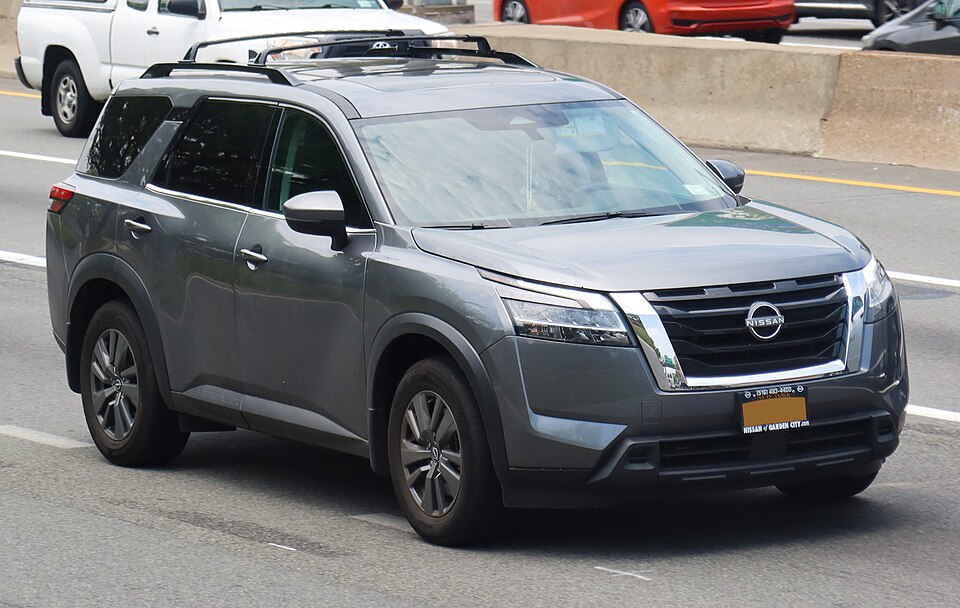
4. Nissan Pathfinder (Early 2010s)
The Nissan Pathfinder, especially the models produced in the early 2010s, represents another example of a midsize SUV that struggles with longevity and tends to degrade faster than competitors. While it initially attracts buyers with its spacious interior, V6 powertrain, and family-friendly features, many owners report a steady decline in reliability and drivability within just a few years of ownership.
One of the most notorious issues affecting this generation of Pathfinder is the CVT (Continuously Variable Transmission). While CVTs offer smoother acceleration and better fuel economy than traditional automatics, Nissan’s early CVT units suffered from overheating, premature wear, and internal belt failures.
These transmission issues often manifest as juddering, slipping, or complete transmission failure, leading to costly repairs or replacements that can exceed the vehicle’s residual value.
Beyond the transmission, the Pathfinder’s engine, typically a 3.5-liter V6, also has its share of aging challenges. Oil consumption problems, timing chain tensioner failures, and issues with the cooling system have been documented, which can lead to engine damage if not addressed promptly.
The suspension, while comfortable at first, uses components that are prone to wear and deterioration in a relatively short timeframe. Control arms, struts, and bushings tend to require replacement much earlier than expected, and many owners complain of clunking noises and a degraded ride quality as the vehicle ages. The steering system also sometimes develops play or stiffness, further compromising the driving experience.
Inside, the Pathfinder’s cabin materials, while initially comfortable and functional, often degrade quickly under everyday use. Seat fabric or leather upholstery can wear, stain, or crack, and the plastics in the dash and door panels are prone to scratching and fading.
The infotainment system and climate controls, although well-featured at launch, have a tendency to malfunction or become sluggish with time.
Additionally, the cabin can develop annoying rattles and squeaks as components loosen, creating an impression of poor build quality. These factors combine to make the interior feel worn and dated relatively quickly, which can diminish owner satisfaction significantly.
Finally, the Nissan Pathfinder’s aftersales support and repair costs weigh heavily on owners over time. CVT repairs are especially expensive and sometimes controversial, with extended warranty programs offered by Nissan to address these issues, highlighting the severity of the problem.
Routine maintenance costs are average but can escalate quickly if multiple components fail in succession. The combination of transmission woes, engine concerns, suspension wear, and interior deterioration has led many buyers to consider the early 2010s Pathfinder a vehicle that ages prematurely, with an ownership experience that declines rapidly, much like milk going sour shortly after purchase.
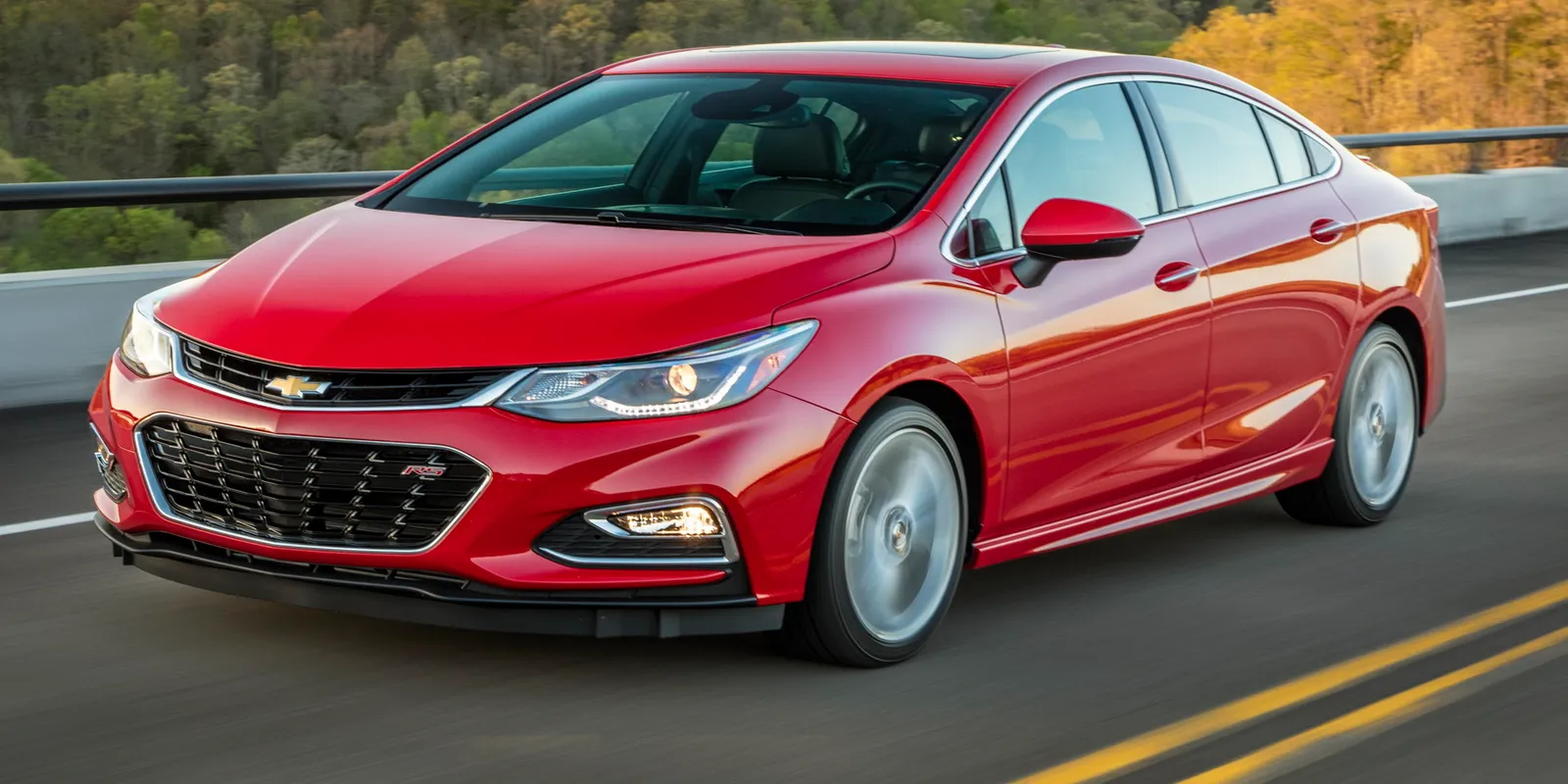
5. Chevrolet Cruze (First Generation)
The first-generation Chevrolet Cruze made a strong initial impression as a compact sedan offering good fuel economy, modern styling, and a comfortable ride. However, as these vehicles have aged, many owners have reported a range of issues that have significantly impacted their reliability and overall ownership experience.
One of the most significant problems is related to the engine and its associated components. The 1.4-liter turbocharged four-cylinder engine, though efficient, is known for issues like timing chain failures, excessive oil consumption, and coolant leaks.
These problems often lead to costly repairs or engine replacements if not caught early, making it difficult for owners to keep their vehicles running smoothly past the 100,000-mile mark.
The Cruze’s transmission system has also been a source of trouble, especially the automatic variants. Owners frequently report rough shifting, hesitation, and even complete transmission failures, which require expensive replacements or rebuilds.
The suspension components are not immune to wear either; control arm bushings, struts, and sway bar links tend to deteriorate rapidly, resulting in poor handling and uncomfortable rides as the vehicle ages.
These mechanical issues combine to create a driving experience that becomes noticeably worse over time, sapping the initial appeal of the Cruze’s balanced chassis and decent road manners.
Inside, the Cruze’s interior quality leaves much to be desired in terms of aging. The plastics used in the dashboard and door panels often become brittle and crack, especially under prolonged exposure to heat and sunlight. Upholstery fabrics may stain easily and show signs of wear, while buttons and controls develop a loose or sticky feel.
Infotainment systems in early models are also prone to glitches and slow response times, detracting from the driving experience. As rattles and squeaks develop in the cabin, the Cruze can begin to feel much older and less refined than its actual age, which can be frustrating for owners who expected a more durable interior.
Finally, the Chevrolet Cruze’s reputation for frequent repairs and maintenance has negatively impacted its resale value and desirability in the used car market. Repair costs can add up quickly, especially when factoring in engine and transmission issues, which may deter buyers from holding onto the vehicle long term.
Parts availability is generally good, but labor costs and the frequency of repairs can be a financial burden. All these factors contribute to the Cruze’s status as a compact car that tends to age poorly, with a steep decline in reliability, comfort, and appeal occurring within just a few years of ownership.
Also Read: 5 SUVs With the Best Headlight Throw and 5 With Dark Spots
In the complex world of automotive ownership, the stark difference between cars that age gracefully and those that degrade quickly cannot be overstated. As we have seen through the examples of vehicles that still drive like new after 10 years versus those that age like milk, the reality of long-term vehicle ownership is shaped by many interwoven factors.
These include design philosophy, build quality, mechanical reliability, and how the vehicle’s components respond to the passage of time and use. More than just a matter of preference or brand loyalty, understanding these dynamics helps consumers make informed decisions, protect their investments, and ultimately enjoy their vehicles longer with less frustration.
The five cars that continue to drive like new even after a decade exemplify what automotive manufacturers can achieve when they prioritize durability and reliability alongside innovation.
These vehicles often use proven engineering solutions that balance performance with longevity, employ high-quality materials resistant to wear and tear, and benefit from extensive testing under real-world conditions.
Their owners frequently report minimal issues, smooth driving experiences, and interiors that retain their original comfort and aesthetic appeal.
This combination of attributes translates into strong resale values and a dependable ownership experience that is both cost-effective and satisfying. In today’s automotive landscape, where complexity is increasing, these durable vehicles remind us that longevity often comes from simplicity, attention to detail, and a commitment to quality.
Conversely, the cars that age like milk serve as cautionary tales for buyers and owners alike. These vehicles often start life with promising features or attractive styling but are let down by design compromises, subpar materials, or mechanical systems prone to early failure.
Electrical gremlins, transmission issues, suspension wear, and interior degradation frequently emerge just a few years after purchase, transforming an initially appealing vehicle into a source of costly repairs and constant inconvenience. Owners of such cars often find themselves caught in a cycle of maintenance and troubleshooting, diminishing their enjoyment and driving confidence.
These patterns also negatively impact resale values, making such vehicles less desirable in the used market. For prospective buyers, understanding these warning signs and researching a vehicle’s reliability track record is crucial to avoid future headaches.
The divide between cars that age well and those that don’t also highlights the critical role of maintenance and responsible ownership. Even the most durable cars require regular servicing and care to reach their full lifespan potential. Neglecting oil changes, ignoring warning signs, or driving aggressively can accelerate wear and tear on even the best-built vehicles.
Conversely, attentive maintenance can prolong the life of less robust models, although it may not fully compensate for inherent design or quality flaws. Awareness of this balance encourages owners to be proactive, informed, and realistic about what their vehicle can endure.
In a broader sense, this discussion sheds light on evolving automotive trends and consumer expectations. Modern vehicles offer incredible technology, improved safety, and fuel efficiency, but often at the cost of increased complexity. This trend can complicate maintenance and repairs, sometimes undermining long-term reliability.
Manufacturers who successfully balance innovation with durability stand to gain consumer trust and loyalty. Meanwhile, buyers equipped with knowledge about which cars have stood the test of time—and which have not—can navigate the marketplace more confidently, making choices that align with their priorities for longevity, cost, and performance.
Ultimately, choosing a vehicle that “drives like new” after many years is about more than the badge on the grille or the initial price tag. It’s about investing in a machine that respects the realities of aging, built with foresight and care, capable of delivering years of reliable service without undue headaches.
On the flip side, recognizing the pitfalls of cars that “age like milk” empowers buyers to avoid costly regrets and focus on vehicles that provide real, lasting value. This knowledge not only protects wallets but also enhances the overall joy of driving—a timeless pleasure best enjoyed in a car that stands strong well beyond its first decade.

